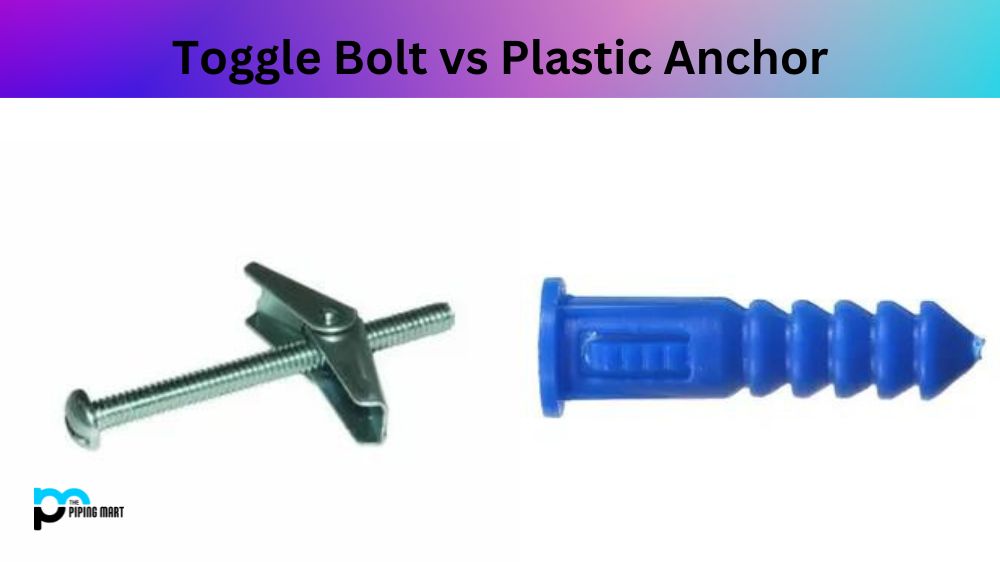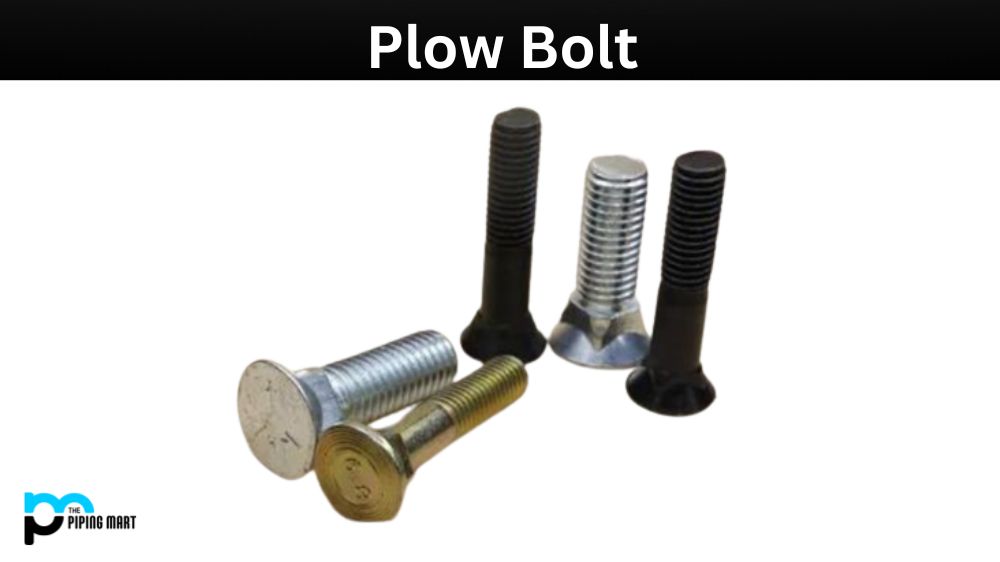When creating threaded holes in materials, there are two main methods to choose from self-tapping and thread-forming. Both of these techniques have unique characteristics and benefits, and selecting the right one for your application can help improve the quality and efficiency of your work. This article will examine the critical differences between self-tapping and thread-forming and help you decide which is better suited for your project.
Self-Tapping Screws
Self-tapping screws are designed to cut or tap their threads into the material they are driven into. They have a sharp, pointed end and a line that runs along the length of the screw. The lines are designed to cut into or deform the material as the screw is turned, creating a helical path for the screw to follow. Self-tapping screws work well when drilling into softer materials such as wood or plastic. The threads on the screw are usually coarse, which enables them to bite deeply into the fabric for a firm grip. However, when trying to tap lines into more complex materials such as metals, self-tapping screws can be less effective since the material is too hard to deform.
Thread-Forming Screws
Thread-forming screws work differently from self-tapping screws. They are designed to mould the material as they are driven in, creating threads that align with the shape of the screw. Thread-forming screws have no cutting edge, which forces the material to flow into the lines. This process helps reduce the amount of material that needs to be removed, making it ideal for thin-walled materials or materials that are more difficult to drill into. Thread-forming screws are also more effective on more complex materials such as metals since the screw can mould the material rather than deform it.
Difference Between Self-tapping and Thread-Forming
Now that we better understand how both techniques work, how do we choose the right one? One of the most important factors is the type of material you work with. As mentioned above, self-tapping screws work well in softer materials like wood and plastics, while thread-forming screws are better suited for more complex materials like metals. Understanding the composition of the material before deciding on the type of screw you want to use is a crucial step in the process.
Another factor to consider is the thickness of the material. Self-tapping screws can work well in thicker materials. Still, if you are working with a thin-walled material, self-tapping screws can damage the material by removing too much. Thread-forming screws, conversely, are designed to work well in thin-walled materials and have better pull-out strength due to the moulded threads.
- Self-tapping screws are screws that are designed to tap their own threads as they are driven into a material.
- Thread-forming screws are screws that are designed to form threads in a material as they are driven into it.
- Self-tapping screws are typically made from harder metals like stainless steel, while thread-forming screws are usually made from softer metals like aluminium.
- Self-tapping screws are typically used in more complex materials, such as wood, while thread-forming screws are usually used in softer materials, such as plastic.
- Self-tapping screws are typically more expensive than thread-forming screws.
Conclusion
In summary, self-tapping and thread-forming screws have unique benefits and drawbacks, and choosing the right one for your project can help ensure its success. Consider the material you are working with, the thickness of the material, and the desired outcome when making your decision. Ultimately, selecting the appropriate screw for the job will help save you time, money and ensure you have a professional, quality finished product. So, choose wisely and let’s get threading!

Meet Bhavesh, a seasoned blogger with a wealth of knowledge and experience. From metal products manufacturing to retail, Bhavesh has a diverse background in various industries and is dedicated to sharing his insights and expertise with readers.



